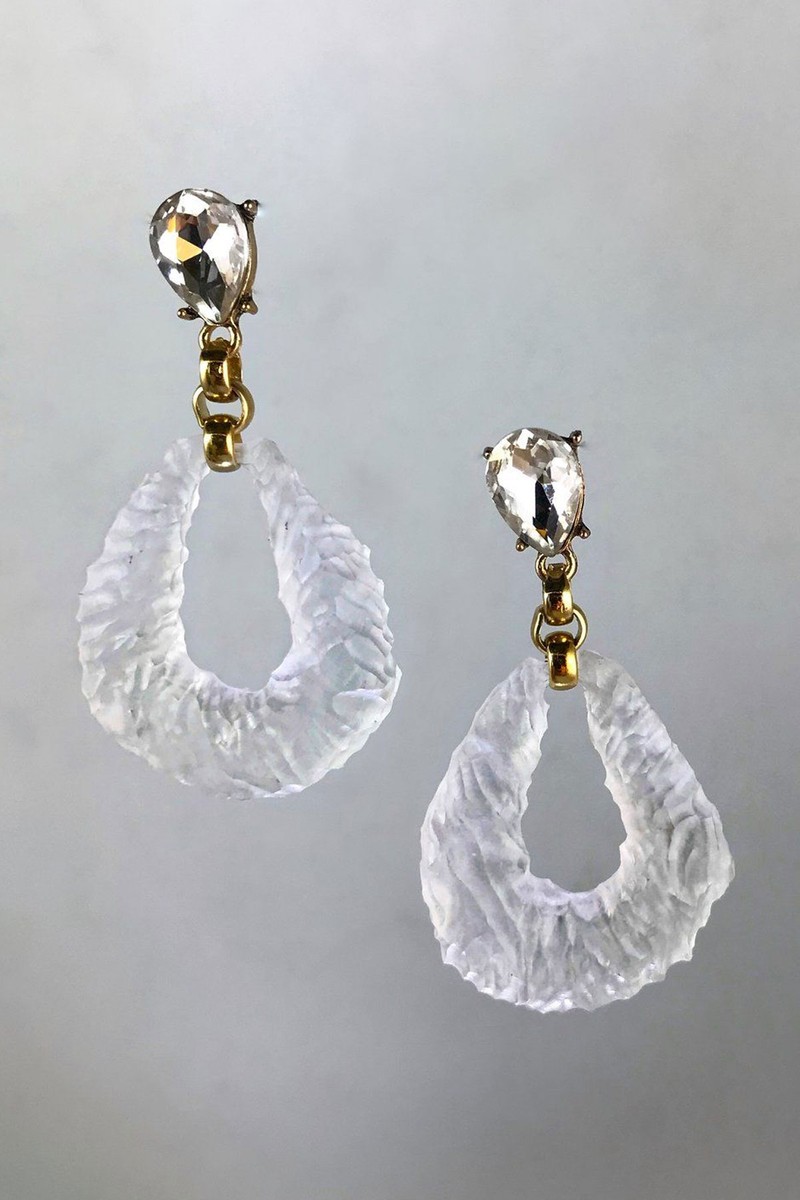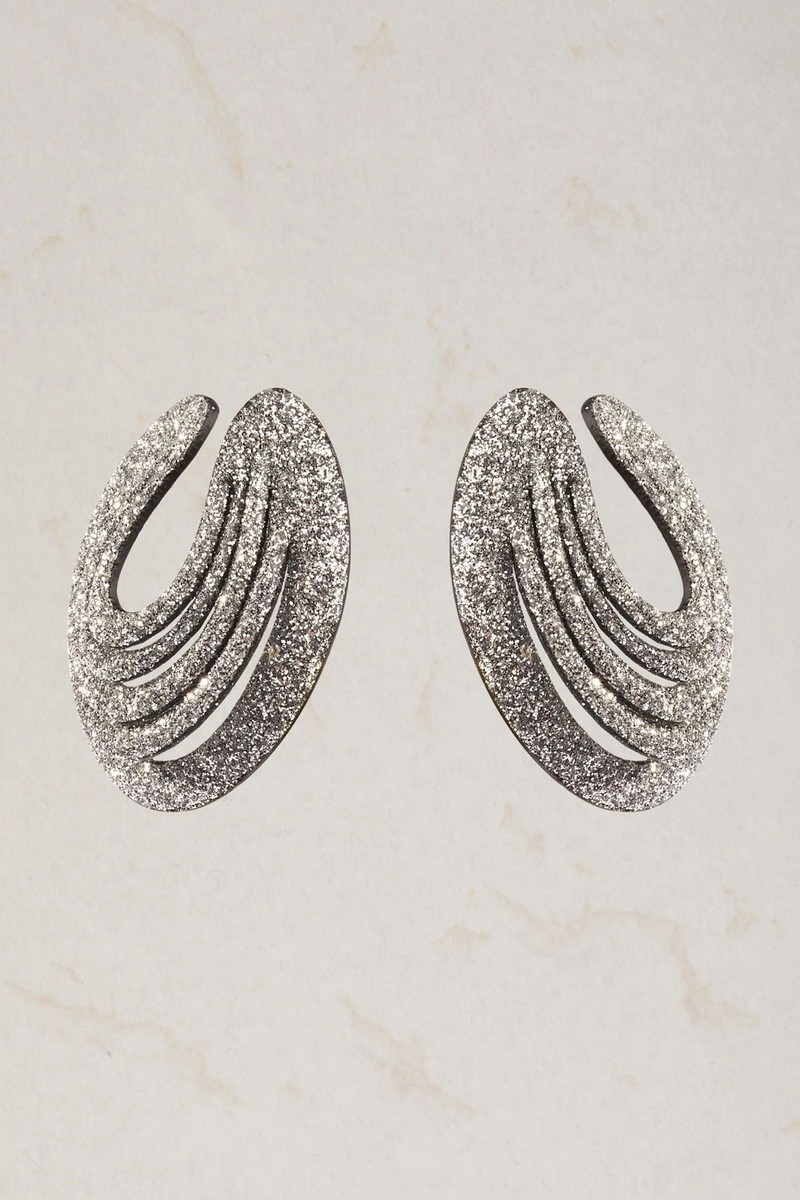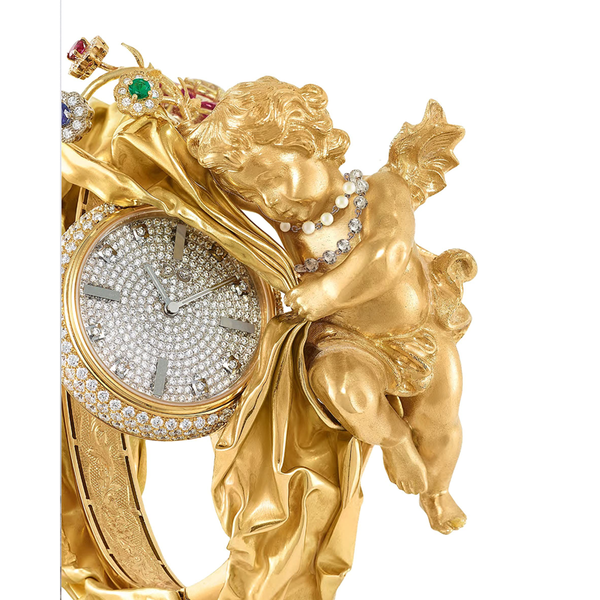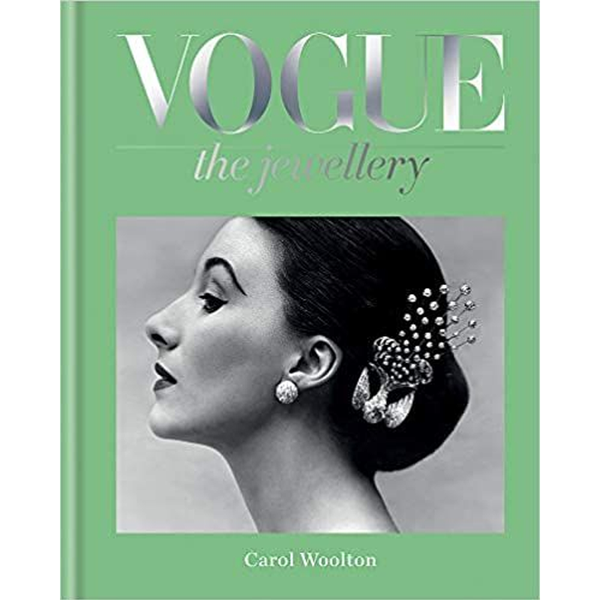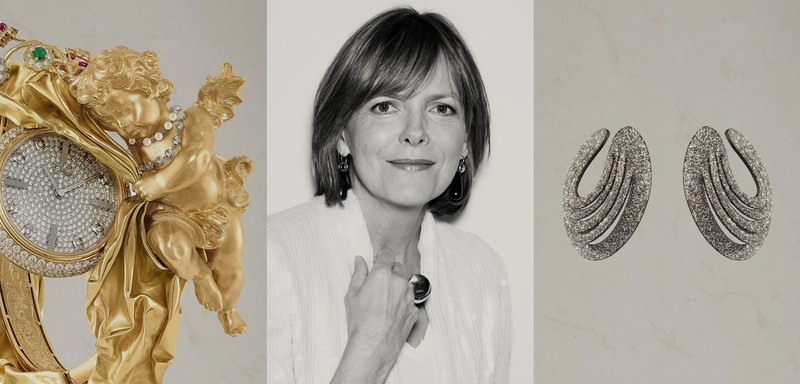
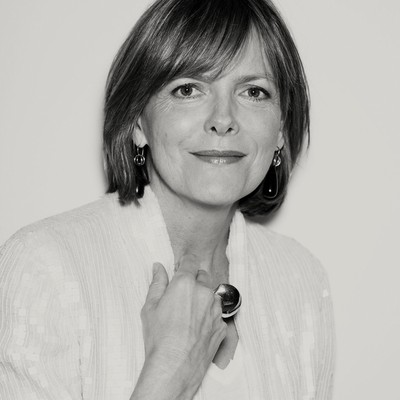
My Life In Jewellery: Carol Woolton
Asking where my love of jewellery comes from is a complex question. Everyone thinks they chose their career, but I really did spot a gap in the fashion journalism world that no one else was filling. The job of jewellery editor just didn’t exist before I joined Tatler. But looking back, a lot of it probably lies with my great-grandfather, Alan Arthur Davidson, who was a prospector and mining engineer. My ancestors went to Australia in the gold rush so, when I look back, everything leads to jewellery. It’s clearly a part of my DNA and has always been bubbling away under the surface.
My first piece of jewellery was a piece of rose quartz my father brought back from one of his trips. I still have it today, along with a little opal from Hong Kong. I’ve always been very interested in the history or provenance of a piece – you could call me a bit of a daydreamer. As a child, I would save every bit of pocket money to go antiquing and discover different treasures. It could be something as simple as a glass inkwell or another little knick-knack I could afford.
I ended up studying fashion journalism. Writing was my twin passion and soon after graduating I got a job at Vogue as a secretary working on the editorial business side, before being moved to the beauty department. A career break then followed when I got married and had my children, but once they were in school, I decided to get back into the world of work. I joined Tatler as a contributing editor – a step my then-editor Jane Proctor called my ‘reinvention’, because I walked into her office one day and told her about my idea for a jewellery editor. I presented her with a year’s-worth of ideas and she said yes.
The best thing about being a jewellery editor was the freedom. Unlike my work in beauty, where it felt like all the editors at all the different magazines were chasing the same story, I knew I could get my hands on more exclusives. To prepare, I undertook a specific course at Sotheby’s, started reading everything I could and handling as many pieces as possible. It was a lot of self-education, but I loved it. I knew I was never going to be a proper gemmologist – but I figured I didn’t need to be, I was a writer and wanted to make this subject as easy and interesting for a wider audience. I’ve basically spent most of my career trying to frame jewellery as a subject that people want to know, understand and hear more about.
Jewellery plays such an important part in fashion history – it was the first thing we wore. It's the first art form and it can tell us a lot about people from the past. You could look at someone like Queen Victoria – her clothes really only tell us broad things about 19th century women’s style and maybe things like her height – but I personally don’t find it very inspiring. Her jewellery, however, tells us so much about how she lived, her love of Scotland, her love of Albert, her children, how many she had… And the fascinating part is that many of those pieces could be worn today. That’s always my main message – jewellery isn’t just about bling, it isn’t shallow. We can always learn something from it.
My first big interview was with the jeweller Joel Rosenthal – he’s often acknowledged as the greatest jeweller in the world. Back in the 90s, he sent me a note saying that when he next had an exhibition, I would be able to write about it first. Suffice to say, I pestered him endlessly about it! Aside from Joel, I’d say my other industry heroes include Elsa Peretti – one of the all-time greats – and Paloma Picasso.
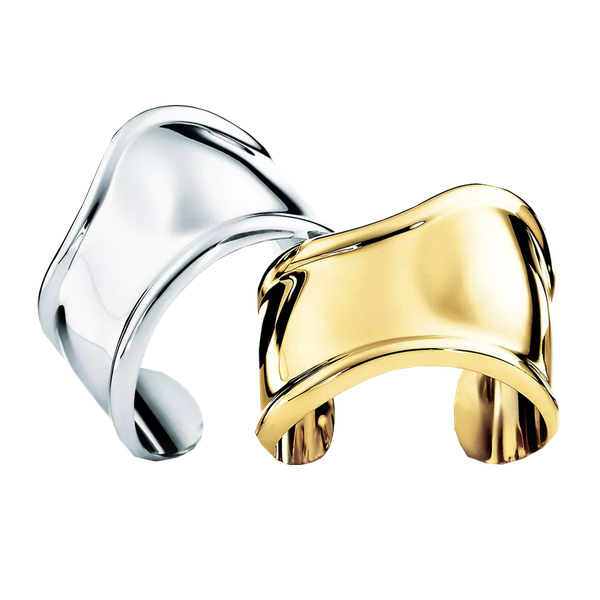
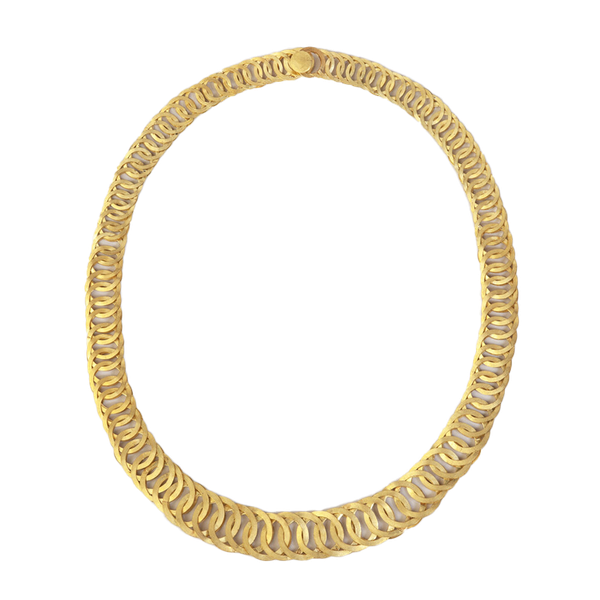
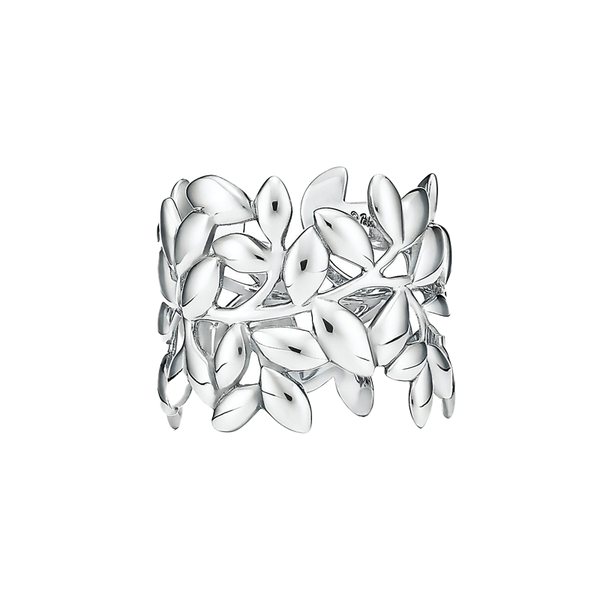
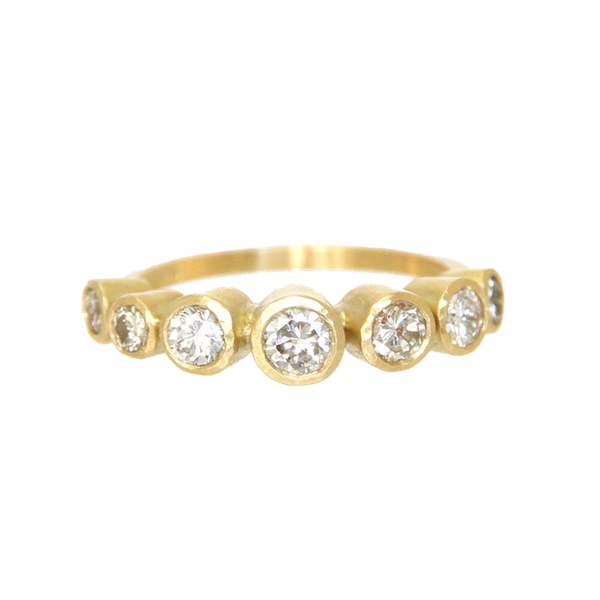
I have some wonderful memories from spending time with Paloma. We went to Venice and visited all these places that were meaningful to her as a child. She told me a lot about her inspiration, her relationship with her father and it was just magical. We had dinner on the roof of the Guggenheim, along with her husband and Fred Gutzon from Tiffany & Co. It was one of those moments I knew would never have happened if it wasn’t for the job I was in.
What I love about Tiffany & Co is the history it has with these incredible designers – whether it's Elsa, Paloma, Jean Schlumberger, all these people. I loved the way the company grew under [creative director emeritus] John Loring and how he was able to nurture all these talents and give them the freedom to do what they wanted. Sadly, today, creative directors are a bit like football managers. They’re not given the time to build their vision and prove that it works. Companies like Tiffany have been losing younger customers but, to appeal to Gen Z, some of that old Hollywood wit and elegance gets lost along the way. I’m looking forward to the Fifth Avenue store reopening next year and I really hope they install an American jeweller at the top.
Right now, I’m really immersed in what Dolce & Gabbana are doing in jewellery. I’m actually working on a book with them that will come out in 2023. They only entered the world of fine jewellery ten years ago, but they’ve built a workshop from the ground up and done everything properly. It’s beautifully aligned to the past in terms of craftsmanship and Italian heritage, but it’s also bursting with freshness. It’s great to go back to the archives, but customers want to see new ideas too.
The most special pieces always have a sense of history to them. I remember touching this locket that had some of Charles I’s blood on it and a bee clasp that Napoleon used to hold his cloak together. I talk a lot about the Fabergé's botanical studies, too. They’re not pieces of jewellery, per se, but they’re certainly jewels in my opinion.
There are definitely pieces in my own collection that are special to me. A lot of them are either from the art deco or art moderne periods – both of which were tumultuous moments of change that really provoked a lot of artistic creation. It was the first age of technology, which is why you see a lot of geometric lines, circles, cogs, wheels and mixed metals. A ring I wear a lot was, I think, made by Raymond Templier – the French tended to mark all their rings at the back – but I had to have it taken down seven sizes to make it fit! I found it through dealer Peter Edwards who sources a lot of 20th-century jewellery.
Raymond Templier was part of a group called The Union des Artistes Modernes, along with other people like Jean Prouvé (I have one of his rings) and Jean Fouquet. They had all worked in the war – Jean Prouvé as an aircraft engineer. So, it was all very mechanical and exciting. Most jewellery designers today will tell you they find their inspiration in nature, but I love that this group found inspiration in the streets, from wheels, cars and a lot of machinery we’re familiar with today.
I love any old stone – it doesn't have to be precious. I have a collection of pebbles, for example, which started when my two daughters were away on a holiday and came back knowing it was my birthday but didn’t have anything to give me. Together, they’d picked a special pebble, wrapped it up in paper, and I still have it today.
In terms of jewellery trends, I’m a bit sceptical about the demi-fine category. It’s been so successful – mainly because it makes certain stones and materials more accessible – but for me, the exclusivity of a piece is lost. The materials aren’t designed to last for ever, and the styles are produced en masse. If your budget is better suited to costume jewellery rather than couture or fine jewellery, my advice would always be go to an antiques fair and find something unique. It’s far less expensive than demi-fine and none of your friends is likely to be wearing the same pieces.
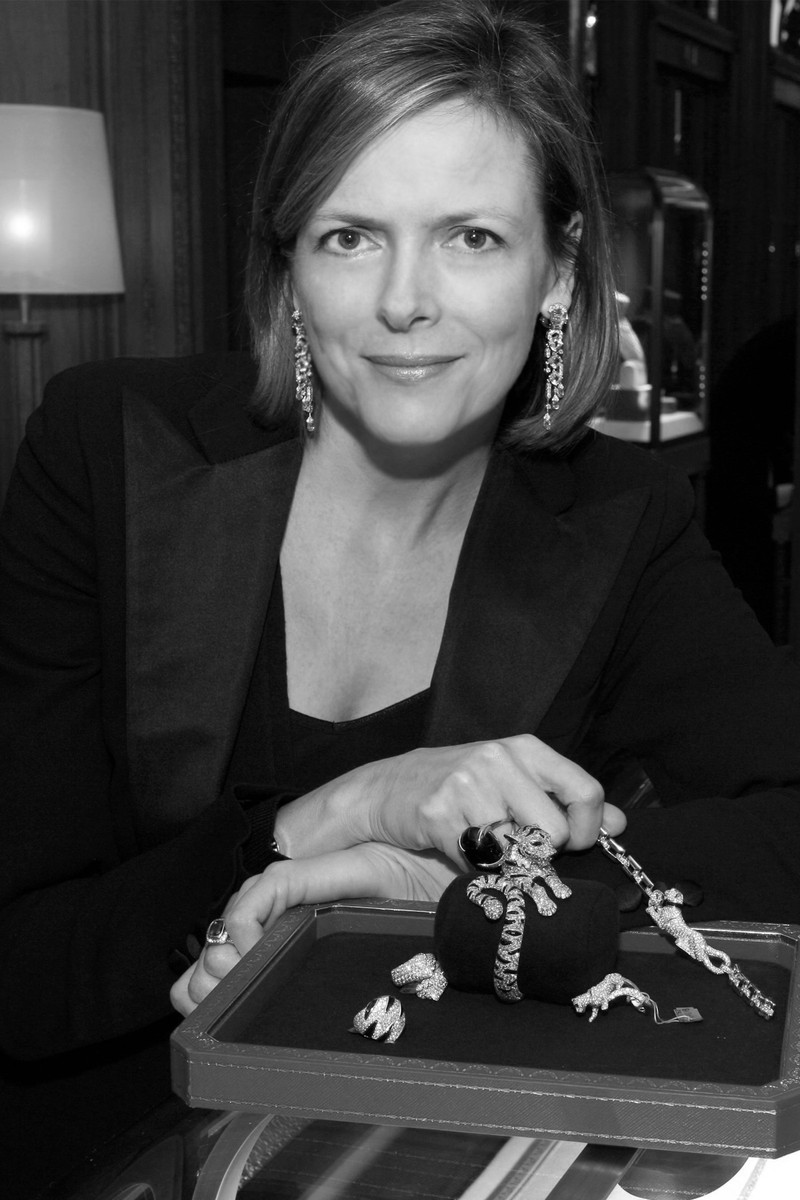
Lucy Gledhill is a name to keep an eye on. She makes these incredibly intricate handmade chains out of very fine wire that she solders together. Each link is handcrafted and she’s really good at what she does. I'm also wearing Maria Sole Ferragamo’s bronze shavings and enamel earrings a lot, which are created from discarded materials from the shoe factory floor. In a similar vein, Sebastian Jaramillo made me some large hoops from discarded and recycled plastic which look like glamorous frosty rock crystal; and I also love Cece Jewellery pieces, which are so modern in their inspiration.
I’ve known Christopher Thompson Royds since he was a college, and love his work. He makes lots of delicate earrings and now he has little stands to keep on your dressing table, too. I also see Emefa Cole is causing quite a stir – her pieces are big and heavy, and not always the easiest to wear, but she’s getting a lot of attention. I like Sian Evans’s work, too, and what she does with all those stones agates from Scotland – very simple and very beautiful.
I started my podcast If Jewels Could Talk when the world of glossy magazines started changing. I'd sat at the same desk for 20 years and felt the urge to pursue a new challenge. Edward Enninful [the editor-in-chief of Vogue] was very sweet and asked me to stay as a contributor, but also gave me the freedom to go away and write The New Stone Age, which required a lot of research and original imagery. Lots of people thought a jewellery podcast was counter-intuitive – that the pieces had to be seen to be believed – but I believed it was more about the story and that a podcast could a be a good platform for different voices. I never wanted it to be just for jewellery people; again it was about getting this message out to a wider audience.
One episode I’m particularly proud of is the Bridgerton episode. I'm very grateful to [Emmy award-winning costume designer] Ellen Miro, who was the first person I emailed about coming on the show. We didn’t know each other but I thought her work, along with Lorenzo Mancianti, her jewellery maker, was extraordinary on that show. It was such a visual feast and rich in Georgian history. I was amazed when she was happy to come on and talk about it.
My dream podcast guest would be King Charles III. He’s an ardent supporter of a charity that I co-founded called The Leopards in association with The Prince’s Trust, which aims to preserve craftsmanship and heritage skills by mentoring young people into the industry. He also founded Turquoise Mountain to revive traditional crafts in war-torn or deprived areas – it focuses a lot on empowering women, educating them and finding them employment. I’d also love to hear his views on the Queen’s collection, the importance of regalia and what it means.
Kate Moss would also be a great guest because she loves jewellery. I used several images of her in my book Vogue: The Jewellery and she’s said that while she loves fashion, it’s seasonal whereas jewellery is forever. I hear Oprah is a big jewellery person, too – so that would be amazing – and I also think Alessandro Michele would be fantastic. Of course, I missed my chance with some people. Karl Lagerfeld had an extensive collection of diamond broaches, for example.
There are certainly some dream pieces still on my wish list. I commissioned Joel years ago, but I’m still waiting! And of course, a Fabergé study and maybe a piece by Fouquet. I mostly tend to buy earrings and rings – I’m not big on necklaces – and I like colour. Colour is a big trend, and my favourite shade is green, specifically peridot, so maybe a little something from Peridot Jewellery.
Carol’s books ‘Vogue: The Jewellery’ and ‘The New Stone Age’ are both available to buy now. You can listen to ‘If Jewels Could Talk’ anywhere you listen to podcasts.
‘Dolce & Gabbana High Jewelry’ published by Rizzoli & ‘American Costume Jewellery’ published by Taschen will be released in 2023.
DISCLAIMER: We endeavour to always credit the correct original source of every image we use. If you think a credit may be incorrect, please contact us at info@sheerluxe.com.
